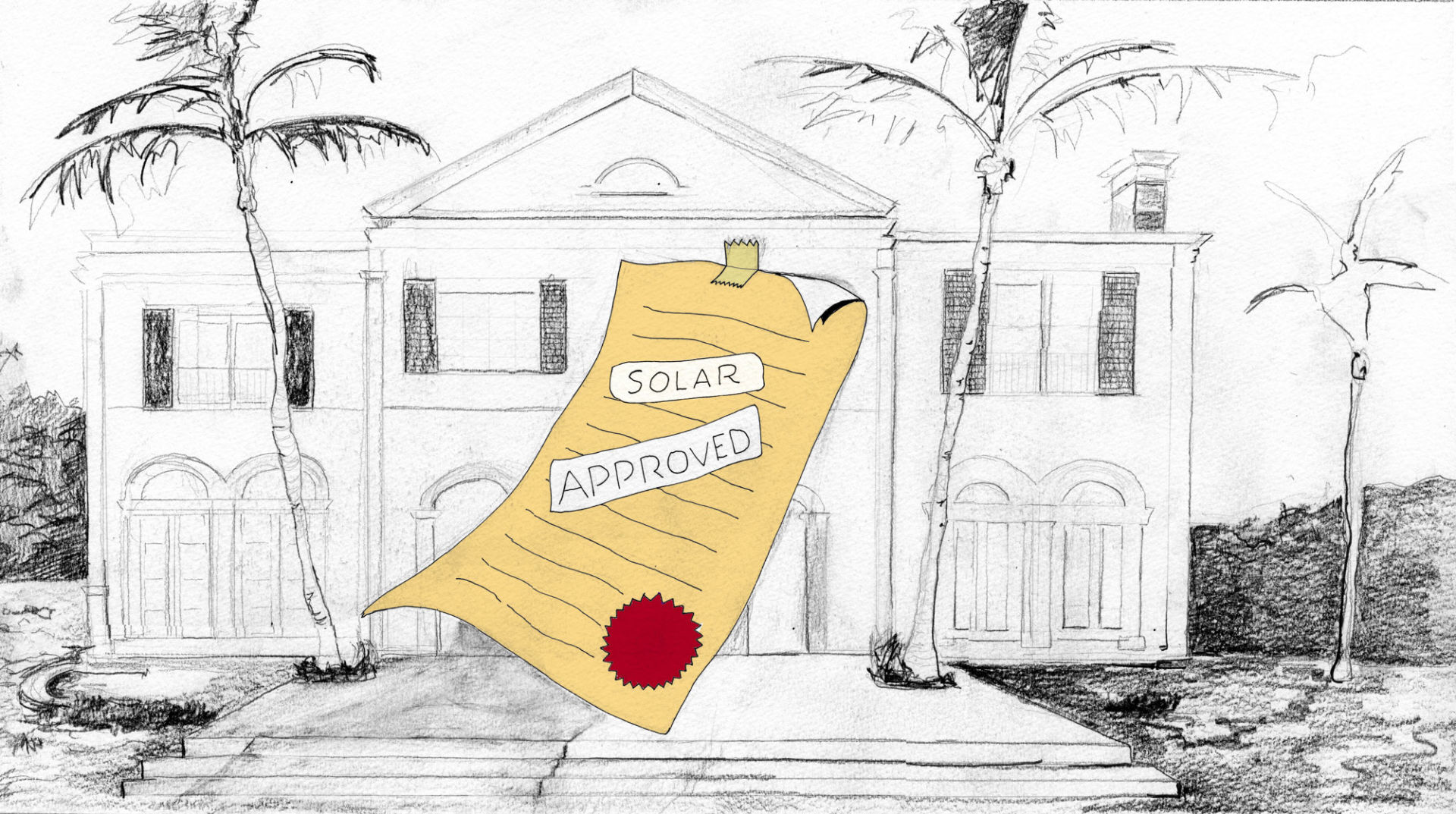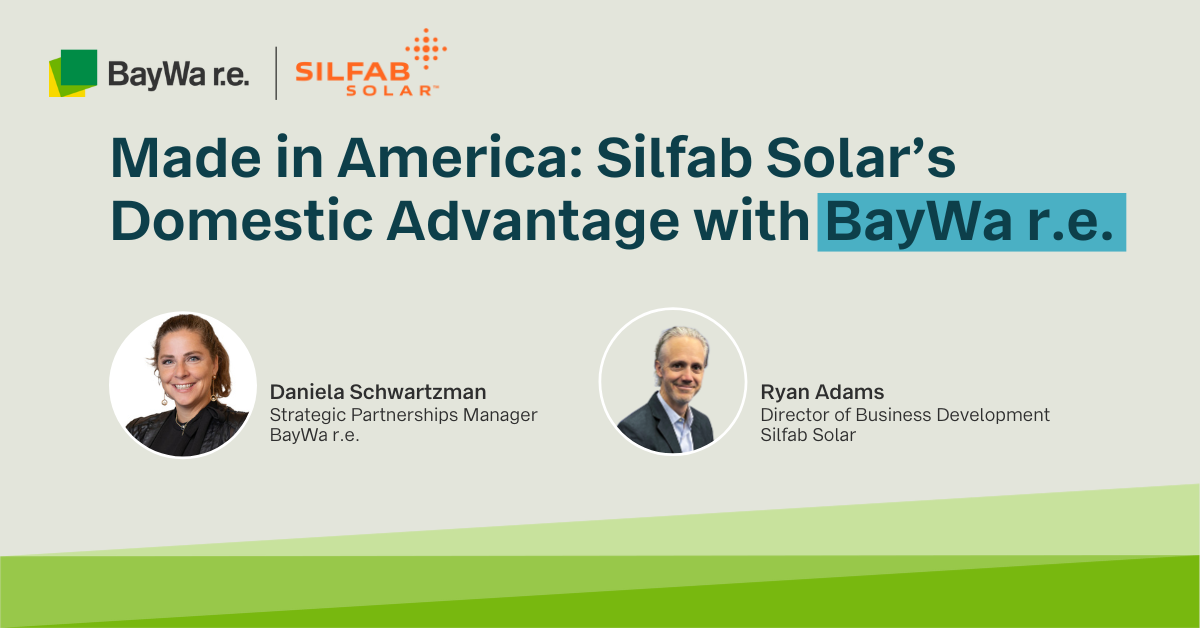
Illustration – Tom Miller
It has been shown time and again that homeowners are influenced by the peer effect; that is, they’re more likely to put solar on the roof after someone else in the community has done so. SolSmart, a national advocacy organization based in Washington, DC, is applying a similar principal to local governments in charge of planning and zoning, permitting, inspections, and other factors affecting solar market development.
With funding from the US Department of Energy, SolSmart provides no-cost technical assistance and recognition for communities that take measurable steps to cut costs and simplify solar adoption for local contractors and their customers. In May 2018, the two-year-old SolSmart program designated its 200th municipality for making solar energy more accessible.
Permitting fees can add hundreds of dollars to the cost of a residential solar project and introduce significant delays. If you tally the time it takes to package permit application documents, run to the local permitting office, then schedule an inspection and gain the inspector’s approval, permitting is one of the most time-consuming steps in the installation process. Using the peer effect, SolSmart is encouraging all cities to cut bureaucratic red tape and make the solar installation process more user friendly.
This article discusses how a handful of SolSmart designees have streamlined permitting and inspections in ways that might serve as a model for leaders in your community. We will also cover some of the resources that SolSmart makes available, including examples where contractors can file permit documents by email, gain inspection approval via Skype, and waive permitting fees altogether. Is your community doing this? If not, tell your local leaders about SolSmart!
Cut permitting costs
In December 2017, West Palm Beach, Florida’s development services department posted online a two-page expedited permitting checklist for roof-mounted, residential photovoltaic (PV) systems. If a project meets nine criteria, no separate building permit is required. Examples of the criteria are that the mounting system is engineered and designed for PV, modules are mounted no higher than 12 inches above the roof surface and don’t exceed the roof peak, and the system uses weatherproof roof penetrations.
Projects of 10 kW or less that need no separate building permit can also obtain an expedited “walk-through” permit by using a template electrical diagram provided by the city and meeting four additional criteria pertaining to electrical characteristics, including compliance with city, state, and national electrical code requirements. According to West Palm Beach’s sustainability manager Penni Redford, the 2017 permitting update made West Palm Beach the first city in Florida to have one-day solar permitting.
Reduce zoning obstacles
In April 2017, Brownsville, Texas, passed a zoning ordinance to “facilitate the effective and efficient use of solar energy systems while protecting the public health, safety, and welfare of Brownsville’s citizens.” The ordinance says that in all 12 use districts in the city, roof-mounted systems and small-scale ground-mounted systems—those occupying 2,500 square feet of surface area or less—are expressly allowed. Medium-scale ground-mounted systems covering up to 39,999 square feet and large-scale ground-mounted systems covering 40,000 square feet or more are allowed in industrial districts but not allowed in districts zoned for dwellings and a mix of dwelling and retail. In the remaining districts, including those zoned for apartments, general retail, and commercial activity, projects must go through site plan review.
The zoning ordinance also spells out building permit requirements for all new solar projects and administrative review criteria for all submitted projects. This includes a time limit of ten days from the submission of a complete building permit application, except when the applicant agrees to an extension.
Streamline inspections
Pima County, Arizona, includes solar projects in its remote inspections program, allowing permit applicants to send video from the job site to an inspector via Skype, making the project eligible for same-day approval. To participate, a contractor must have 4G wireless connectivity and tools to facilitate the inspection, such as a tape measure and ground-fault circuit interruption tester. The contractor then books an online appointment and accepts the video call at the scheduled time.
Remote inspections always begin at street view looking at the structure with the street address visible in the picture. The inspector then directs the contractor to provide a video tour of the project on a horizontal and vertical plane, noting corrective items, as needed. By the end of the call, if the project has been approved, the contractor can verify results online. Inspection failure requires corrective action and re-inspection, which can result in additional fees. Contractors can secure same-day re-inspection based on availability in the online scheduling system.
What contractors can do
In municipalities that have simplified permitting and inspections, contractors can look forward to something like a one-stop approach to local building regulations. For cities and counties that are still developing procedures for solar projects, SolSmart has built out a one-stop clearinghouse for resource guides and best practices on its website.
On this site, you’ll find short videos on residential solar inspection best practices from the rooftop and the ground level, produced by the GW Solar Institute at George Washington University. You’ll also find a link to Santa Clara County’s electronic PV permit submittal process. Introduced in October 2017, this process allows applicants to file permit documents by email. And don’t miss the link to Superior, Colorado’s webpage that notes the opportunity for qualifying solar projects to waive the town’s $300 permit fee
You can use this information to drive process improvements in your community. Doing so will also demonstrate to your customers and prospects your commitment to industry leadership and civic engagement.
Some specific things you should consider:
- Talk to members of your local Solar Energy Industries Association chapter about how to improve permitting and inspection procedures.
- Engage the local Chamber of Commerce, or any organization supporting business and economic development.
- Talk about these issues with your city council or other local government representatives.
- Network with fellow solar installers and encourage them to do the same.
Although it will probably take patience, SolSmart offers a lot of resources and your efforts may be rewarded in the long haul. If they can do it in West Palm Beach, you can do it in your community.




